How Dangerous Is America's Obsession With High Speed Car Chases?

Have you ever watched those police chase compilation videos and noticed that the crème de la crème always seem to take place within the United States? That’s not a coincidence. American roadways are custom built for high-speed shenanigans and culture has fetishized the concept of “the getaway.” Toss in local law enforcement agencies with vehicles fast and bulky enough to mix it up with speeding perps and you’ve got the perfect recipe for a old fashioned police chase.
That isn’t to say other countries don’t have pursuits, because they do. However, the volume isn’t always turned up to eleven and, more importantly, they typically aren’t televised. The opposite is true in the U.S. — especially in America’s car chase capital of Los Angeles, where crews are always at the ready to set out in the news chopper to get coverage.
It may be an unhealthy obsession. After all, we know the odds of the criminal getting away are infinitesimally small and are well aware of the incredible danger the public is placed in anytime a new chase kicks off. It’s one of the primary reasons we watch them: satisfying and legitimate drama is a guarantee.
However, The New Yorker released a video this week that suggested America’s obsession with car chases might be an unhealthy one.
Live police pursuits had a following long before OJ Simpson cruised down the Santa Monica Freeway in June 1994. But that event ultimately brought the phenomenon global attention. Around 95 million Americans watched the football icon slowly drive his white Ford Bronco in front of a mass of squad cars. Thanks to Juice, I can now expect to see live coverage anytime some Los Angelean decides to get involved with vehicular carnage — regardless of what part of the country I’m living in.
While it’s a great way to get your bloodsport fix, outlets have claimed police chases have resulted in thousands of deaths over the last few decades. According to The New Yorker, over 13,000 people have died as a result of police chases since 1979. Depending on who you ask, about half of that number represents innocent bystanders.
Where do we point the finger? Well, the above video seems to saddle the media with the largest share of the blame. But that’s not entirely fair, considering they aren’t the ones orchestrating these chases. We could fault the police, especially considering most of these incidents begin as minor traffic violations or misdemeanors before they spin out of control. But cops can’t automatically know that someone fleeing the scene hasn’t done more than simply run a stop sign and panic. Hitting the gas when being asked to pull over is fairly suspicious behavior, after all.
With over a third of all pursuits resulting in a crash, and most chases stemming from mundane crimes, something needs to be done. In March of 2015, 60-year-old federal employee Charlie Viverette was killed near Washington, D.C., by a driver police chased because his headlights were off. “The police shouldn’t have been chasing him. That was a big crowded street,” said Evelyn Viverette, the victim’s mother. “He wouldn’t have hit my son if the police hadn’t been chasing him.”
However, trying to evade the police is about as suspicious as behavior gets and, if the alternative is to simply not chase suspects, there would be little to no incentive to pull over. As pickles go, this one is a doozy.
Ideally, everyone would just exercise good judgement — suspects wouldn’t run when faced with a minor crime and officers wouldn’t give chase unless a fleeing suspect was a clear danger to the public. But that’s not entirely practical when both parties are making split decisions with limited information as their bodies pump themselves full of adrenaline.
So that just leaves us, the television audience. Does our watching these televised chases fan the flames of chaos? I’m not so sure. It’s doubtful that anyone sane leaves the house thinking they’ll get into a high-speed pursuit based entirely on how likely people will see them on TV. It might not even matter. Americans love a good police chase and a reminder of the inherent dangers isn’t likely to change that. That’s what made us want to watch in the first place.
“It’s a cultural phenomenon. We can’t take our eyes of this immoral behavior!” Dan Neil, an automotive columnist with the Wall Street Journal, tried to explain in an interview with the BBC. “We all know the outcome — he’s going to get caught. The odds are a million to one. And yet still, everyone gathers round the TV. We want to see the finale… the coup de grace.”
“It appeals to the American sense of rough justice,” Neil continued. “There’s a moment when everyone wants the bad guys to get their comeuppance.”

A staunch consumer advocate tracking industry trends and regulation. Before joining TTAC, Matt spent a decade working for marketing and research firms based in NYC. Clients included several of the world’s largest automakers, global tire brands, and aftermarket part suppliers. Dissatisfied with the corporate world and resentful of having to wear suits everyday, he pivoted to writing about cars. Since then, that man has become an ardent supporter of the right-to-repair movement, been interviewed on the auto industry by national radio broadcasts, driven more rental cars than anyone ever should, participated in amateur rallying events, and received the requisite minimum training as sanctioned by the SCCA. Handy with a wrench, Matt grew up surrounded by Detroit auto workers and managed to get a pizza delivery job before he was legally eligible. He later found himself driving box trucks through Manhattan, guaranteeing future sympathy for actual truckers. He continues to conduct research pertaining to the automotive sector as an independent contractor and has since moved back to his native Michigan, closer to where the cars are born. A contrarian, Matt claims to prefer understeer — stating that front and all-wheel drive vehicles cater best to his driving style.
More by Matt Posky
Latest Car Reviews
Read moreLatest Product Reviews
Read moreRecent Comments
- Lorenzo This car would have sold better if there was a kit to put fiberglass toast slices on the roof.
- Lorenzo The Malibu is close to what the 1955 Bel Air was, but 6 inches shorter in height, and 3 inches shorter in wheelbase, the former making it much more difficult to get into or out of. Grandma has to sit in front (groan) and she'll still have trouble getting in and out.The '55s had long options lists, but didn't include a 91 cubic inch four with a turbo, or a continuously variable transmission. Metal and decent fabric were replaced by cheap plastic too. The 1955 price was $1765 base, or $20,600 adjusted for inflation, but could be optioned up to $3,000 +/-, or $36,000, so in the same ballpark.The fuel economy, handling, and reliability are improved, but that's about it. Other than the fact that it means one fewer sedan available, there's no reason to be sorry it's being discontinued. Put the 1955 body on it and it'll sell like hotcakes, though.
- Calrson Fan We are already seeing multiple manufacturers steering away from EVs to Hybrids & PHEVs. Suspect the market will follow. Battery tech isn't anywhere close to where it needs to be for EV's to replace ICE's. Neither is the electrical grid or charging infrastructure. PHEV's still have the drawback that if you can't charge at home your not a potential customer. I've heard stories of people with Volts that never charge them but that's a unique kind of stupidity. If you can't or don't want to charge your PHEV then just get a hybrid.
- AZFelix The last time I missed the Malibu was when one swerved into my lane and I had to brake hard to avoid a collision. 1 out of 5⭐️. Do not recommend.
- 2ACL I won't miss it; it was decent at launch, but in addition to the bad packaging, GM did little to keep it relevant in the segment. I'd prefer that another domestic automaker doesn't just give up on the mainstream sedan, but unlike some of Ford's swan songs, the Malibu made an indifferent case for why they should live.



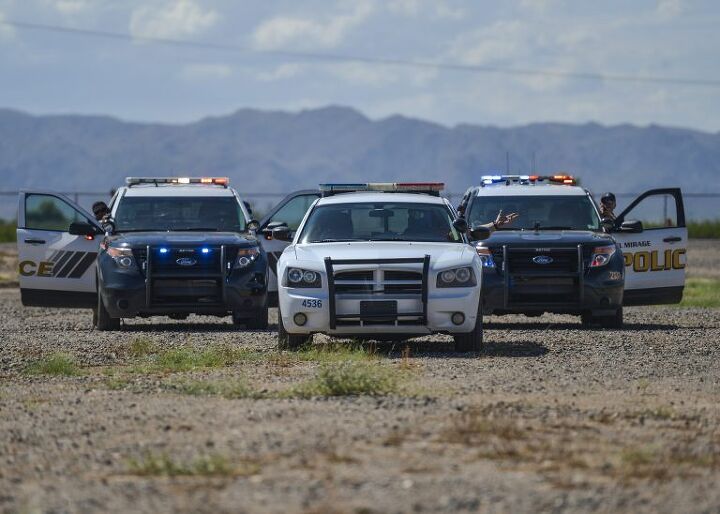
















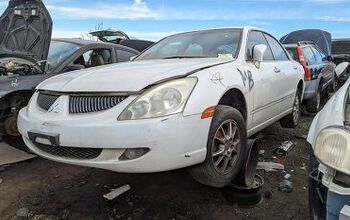
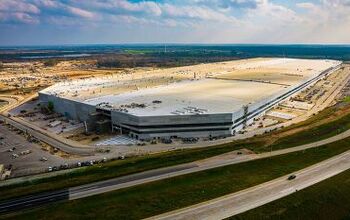
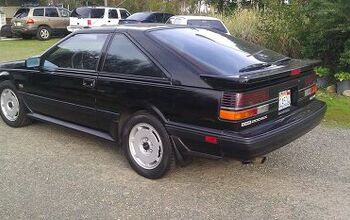

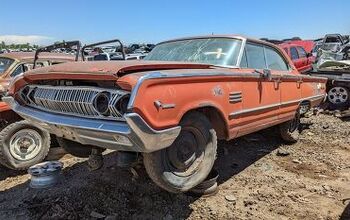
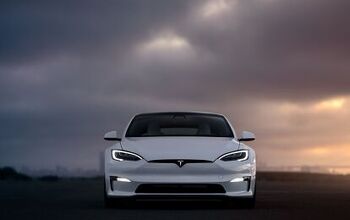
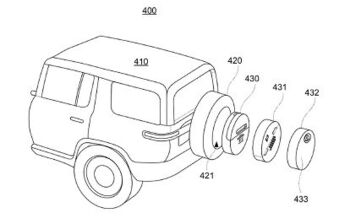
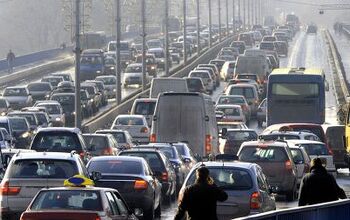

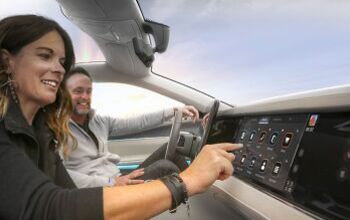

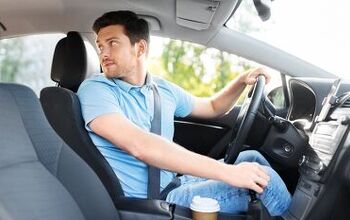
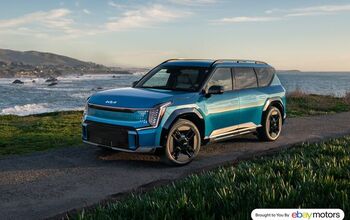
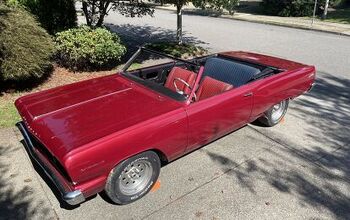
Comments
Join the conversation
Every car chase is better when it's covered by Stu Mundel - he's what every announcer should sound like - actively identifying streets or freeways, directions of travel, the next possible freeway interchange, the original want that prompted the ground units, who's pursuing (CHP, LAPD, LBPD, etc.) and occasionally adds his own commentary and personal observations.
Here in OKC I've seen an alarming number of very unnecessary police chases arising out of very minor offenses. Recently our local fuzz chased down some idiot who shoplifted like 20 bucks worth of snacks from a convenience store. The fools zipped at over 100mph through residential streets. They're damn lucky they didn't kill someone, especially a little kid. The police need greater accountability for acts such as this.